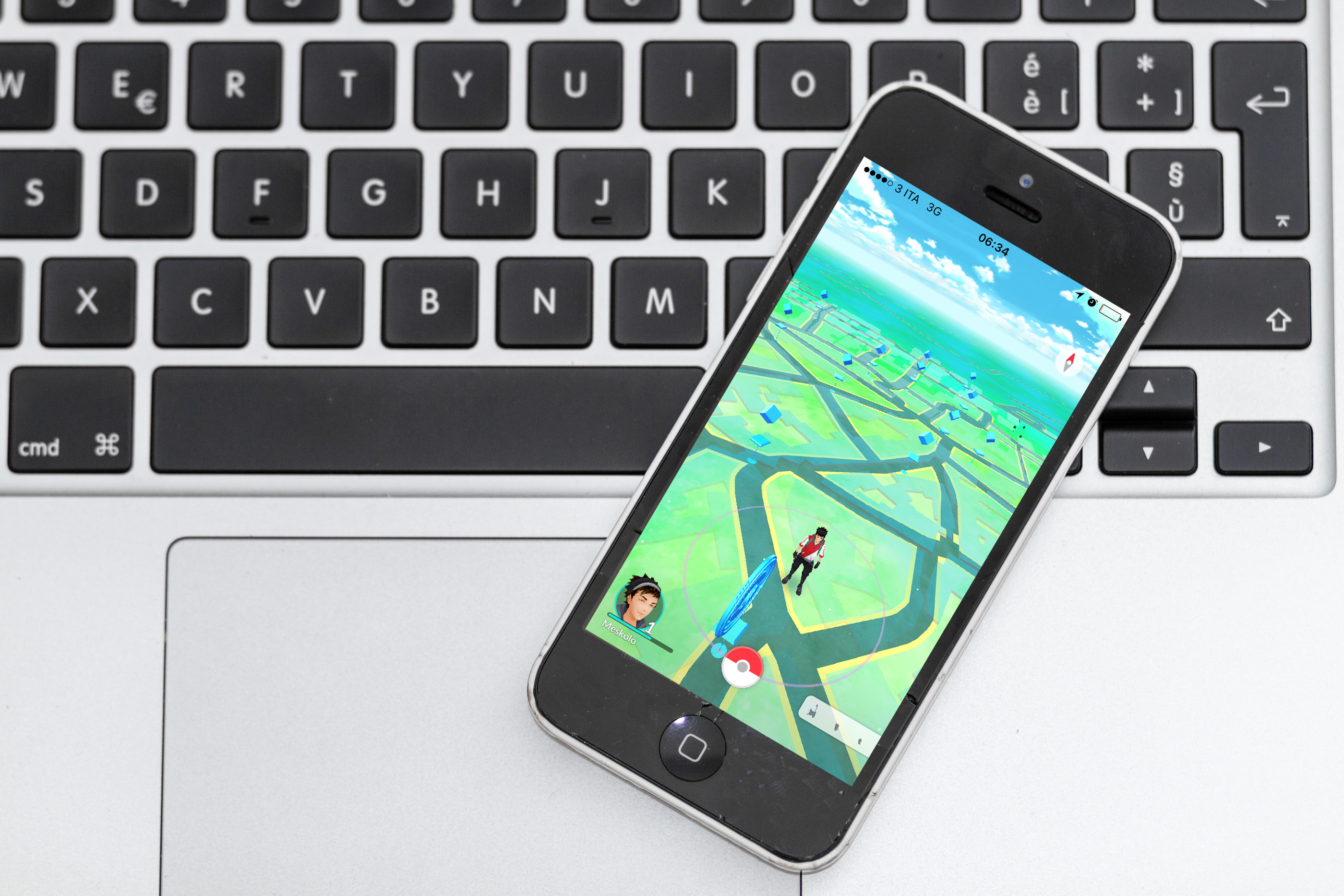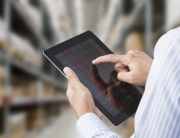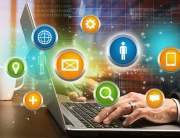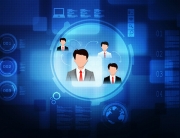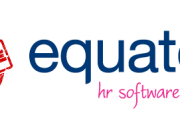Is there a place for augmented reality in the workplace?
There’s no escaping the buzz that Pokémon Go has created across the globe. Millions of people are currently taking to the streets in their bid to ‘catch them all’ in the first-of-its kind location-based augmented reality game. And it’s not just younger generations that are caught up in the buzz, many adults, who themselves fondly recall the first Pokémon craze when it was nothing more than a series of flimsy cards, are also finding themselves being swept up in the rebirth.
As the game wins over players spanning multiple generations, it’s becoming an issue for HR departments across the company as they scramble to implement a number of workplace polices which ensure employees aren’t forgoing their roles and responsibilities to play the game. But rather than lamenting the extra work the game is creating for HR departments, should we instead be celebrating the impact augmented reality will have on the sector? Is there a place for augmented reality in the workplace?
Recruitment
As millennials become a force to be reckoned with within the workforce, it makes sense that the technologies that are so embedded with their generation, also make their way into the recruitment process.
For millennials, salaries alone are no longer enough to motivate them to a new position within your company, they want to know all about company culture. In addition, millennials seek a high degree of flexibility, mobility and a great emphasis on work-life balance, all of which can be showcased using augmented reality.
Augmented and virtual reality can help potential candidates make more informed decisions prior to accepting a new role. In this context, virtual reality technology can be used for showing a day in the life of an employee at your organisation and experiencing a tour of the company offices. Facilitating this can benefit the human resource department by increasing employee retention rates and decreasing employee turnover levels.
Training and development
Together with opportunities with regards to recruitment of new employees, augmented reality can also deliver real benefits for existing employees. Continued personal development, health and safety training and even customer satisfaction can all be bolstered using augmented reality. For the first time, employees are able to replicate real-life situations in a safe virtual environment.
In terms of health and safety, augmented reality means that employers can directly recreate the office environment, while also simulating the ways in which mischances, including fire, can occur. By providing direct training to employees through augmented reality apps, businesses are able to provide training specifically tailored to their organisation, equipping employees with the knowledge to deal with such situations should they occur.
Customer service training is another example where augmented reality can offer businesses an advantage. Many customer facing businesses offer training to employees on how to attract and retain customers through correct use of greetings, body language, appropriate tone of voice and even the best way to deal with customer complaints.
These skill sets can be quite difficult to hone if the learning is hypothetical. With augmented reality however, employers are able to simulate real-life situations which in the physical world, would expose employees to situations such as the effective handling of consumer complaints, dissatisfaction, conflict resolution or how to turn an unhappy customer into a happy one.
Flexible working
Bring Your Own Device (BYOD) polices are becoming more and more popular, so it makes sense that advancements in technology, including augmented reality, should also feed into the rise of the mobile workforce.
Here augmented and virtual reality can benefit your HR department in multiple ways. First, virtual reality applications can enable employees to get as much mobility and flexibility as they desire; tapping into the capabilities of augmented reality to virtually access the office space on demand. The fluidity of augmented reality, together with the rise of BYOD policies, gives employees the options to self-govern in terms of when, where, and how they work.
But as flexibility in the workforce rapidly increases in popularity, many employers are now having to rethink the ways in which they monitor time and attendance, to ensure productivity doesn’t suffer.
Equator HR’s Time and Attendance functionality allows the electronic capture of employee’s time and attendance details for any number of employees, via industrial and low-cost time clocks or PC based time clock emulator software, using bar-code, magnetic proximity, biometric fingerprint or touch screen technology. The system also allows data to be captured from standard Personal Digital Assistants using Bluetooth, perfectly feeding into the growth of BYOD.
While gamification in the workplace is nothing new, the ongoing surge in popularity created by Pokémon Go has seen many employees quickly scramble to implement new policies to ensure that productivity during working hours doesn’t suffer. However, while the balance between work and life is continually being re-evaluated by both employers and employees, it is also important that employers consider the ways in which such technological advancements can positively impact on HR and the wider workforce.


